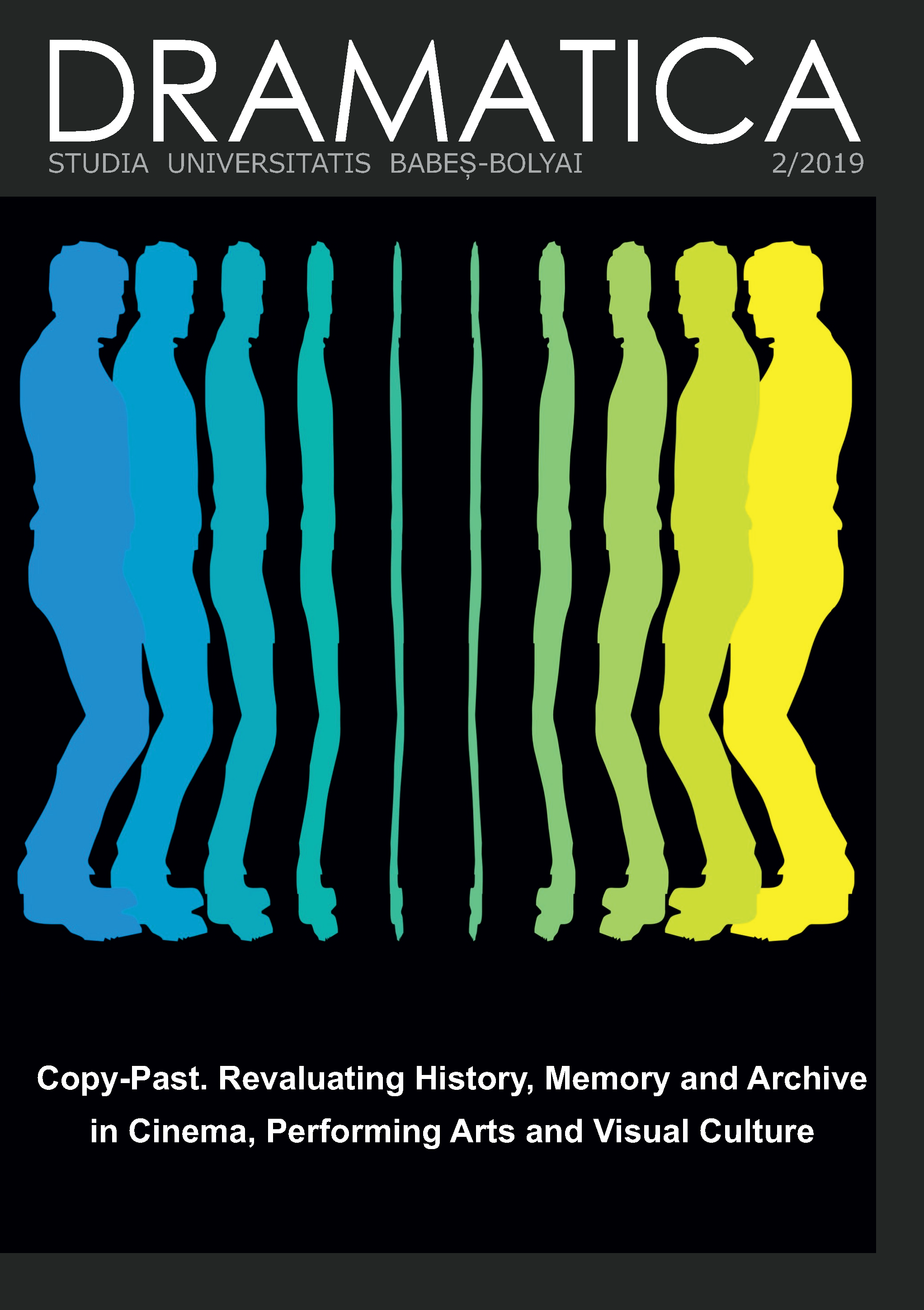Mnemonic Cartography of Violence
DOI:
https://doi.org/10.24193/subbdrama.2019.2.06Keywords:
map, memory, erasure, space, political violence, Shahr-e NoAbstract
Important historical events such as revolutions sometimes lead to changes in the relationships that individuals have with places. The citadel of Shahr-e No, the largest brothel of Iran was burnt a little time after the end of the 1979 Iranian Revolution. Streets and buildings are one of the most stable social frameworks, they are the one that lasted through wars, riots, and revolutions. They play a key role in the process of recollecting memories. A social group can leave its print in a place, as a place can leave its print on a social group. In the case of the citadel, everything that constituted the memory of the place and of the life that people lived there disappeared. I have done a forensic cartography in order to bring back the memory of this erased place. Indeed, in the absence of oral as well as visual testimony about the citadel, I resorted to the object, that is the map. My practical work in connection with my research work is based on maps dating from before and after the destruction of the citadel and they report on the violence of the erasure of a public space and of its memory. I try to restore a critical relationship between memory, time, place, and political violence.
References
BENJAMIN, Walter. Critique de La Violence et Autres Essais. Translated by Nicole Casanova. Paris: Payot & Rivages, 2012.
ELÀHI, Hakim, and Ol-Allàh Hedàyat. Bà Man Be Shahr-e No Biàyid [Come with Me to Shahr-e No]. Tehran: Sherkat-e Sahàmi-e càp, 1946.
HALBWACHS, Maurice. The Collective Memory. Translated by Francis J. JR. Ditter and Vida Yazdi Ditter. New York: Harper & Row, 1980.
HÀSHEMI, Zakarià. Tuti [Parrot]. Vienna: bongàh-e matbuàti-e hadaf, 1969.
SHIRDEL, Kàmràn. Qal’e [ Women’s Quarter]. Iran: Ministry of Arts and Culture, 1966.
WEIZMAN, Eyval. “L’archéologie Des Pixels.” In Le BAL. Que Peut Une Image, edited by Dork Zabunyan. Paris: Centre National des Arts Plastiques, 2014.
———. “Note Sur Les Pratiques Forensiques.” In Images à Charge, La Construction de La Preuve Par l’image, edited by Diane Duffour. Paris: LE BAL & Éditions Xavier Barral, 2015.
ZAND MOQADAM, Mahmoud. Shahr-e No. Stockholm: Bokarthus, 2013.
Downloads
Published
How to Cite
Issue
Section
License
Copyright (c) 2019 Studia Universitatis Babeș-Bolyai Dramatica

This work is licensed under a Creative Commons Attribution-NonCommercial-NoDerivatives 4.0 International License.


